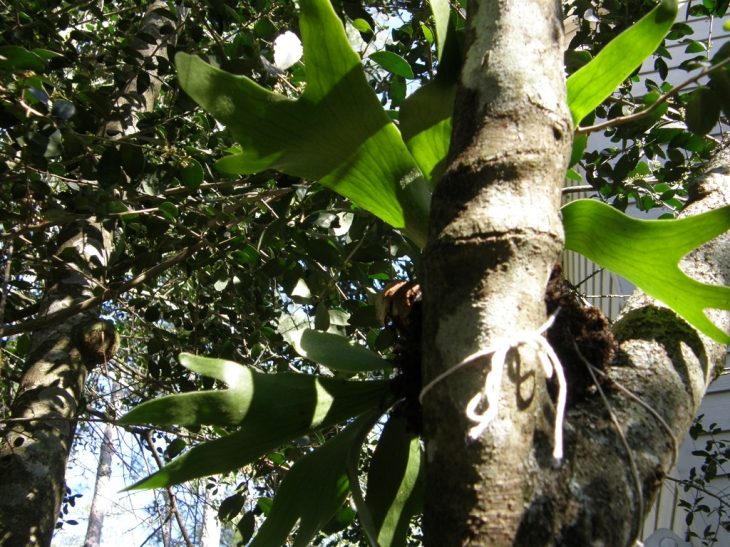




Staghorn Ferns are epiphytic plants ( aka air plants ) from the jungles of Africa and South America some even come from Australia. Some grow high up on trees, some grow on rocks.
Staghorns prefer low light. Light should be bright but filtered. So put it a distance away from a window sill or behind stained glass. It does not want direct sunlight.
Staghorn Ferns prefer constant slightly moist moss. You can also plant them in potting soil. I have one growing out back very happily in potting soil and hung in a pot under a tree in the shade.
Some people prefer to attach it to a piece of wood with a bit of moss to retain water between the plant and the wood. Fishing line works well to tie the moss and fern to the wood. If you mount them on wood, the wood will rot and have to be replaced periodically. I’m told the best mounting is a wire basket with a little moss. The Staghorn fern will grow out and around the basket covering it.
Look for a slight wilting of the leaves when the Staghorn needs water, or check to see the moss deep in the middle is getting dry. Staghorn ferns like moisture and if you grow them indoors they do best in humid areas like kitchens and bathrooms.
A rust colored growth on the underside of leaves is just spores forming.
It can be grown outside in warm climates, but will not tolerate freezing.
The staghorn produces two kinds of leaves, the large green, leathery, antler like leaves we love, and rounded sterile nest leaves. Those are the brown ones at the base of the plant. Leave them on the plant. They protect the spores from the green leaves and they will start out green and turn brown over time.
Full grown it can range from 1 to 5 feet tall.
More Information:
Staghorn Fern, Platycerium
Staghorn Ferns for Florida
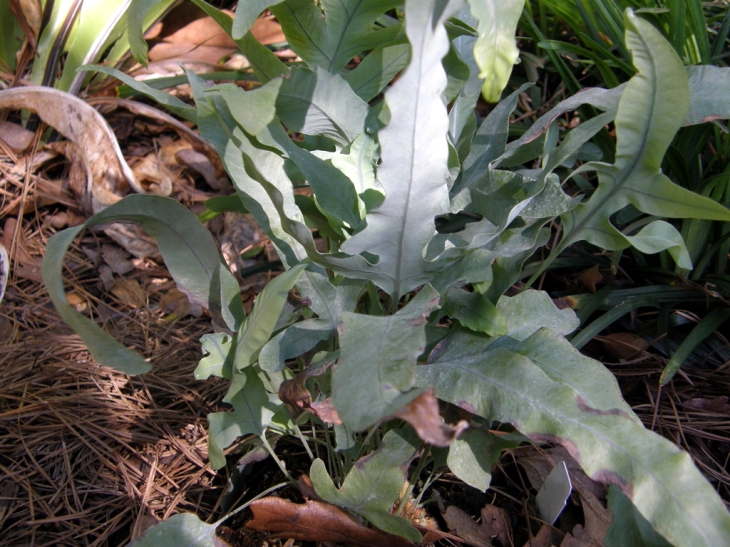
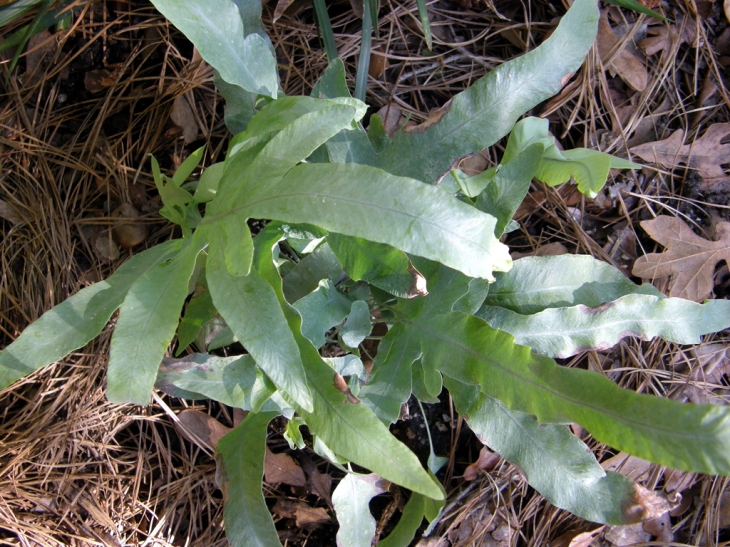
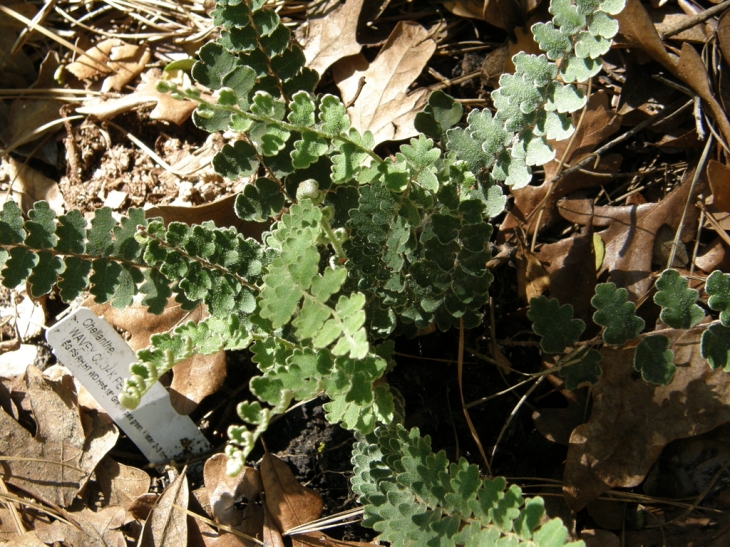

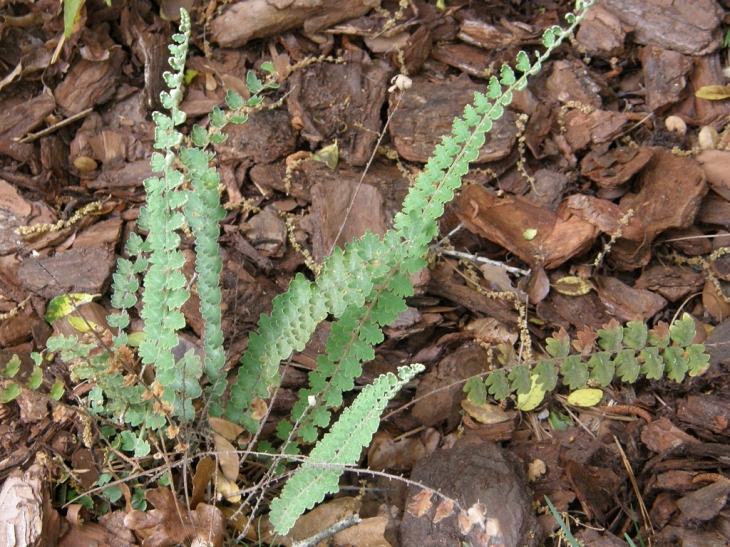

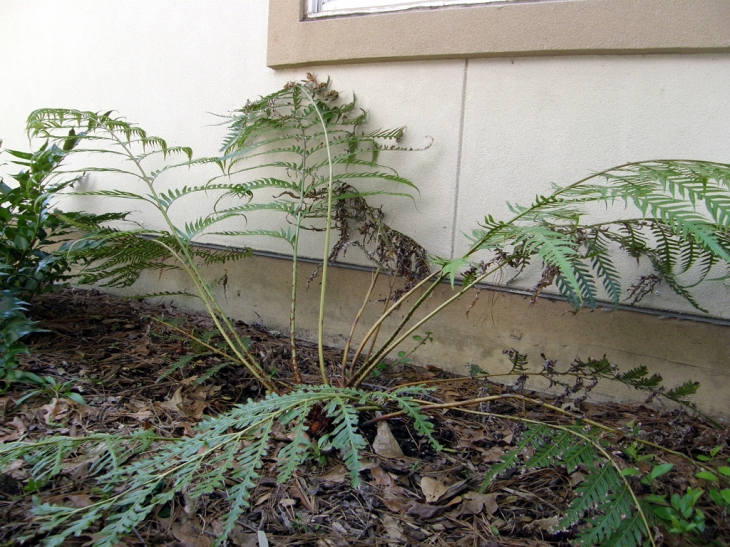


You must be logged in to post a comment.